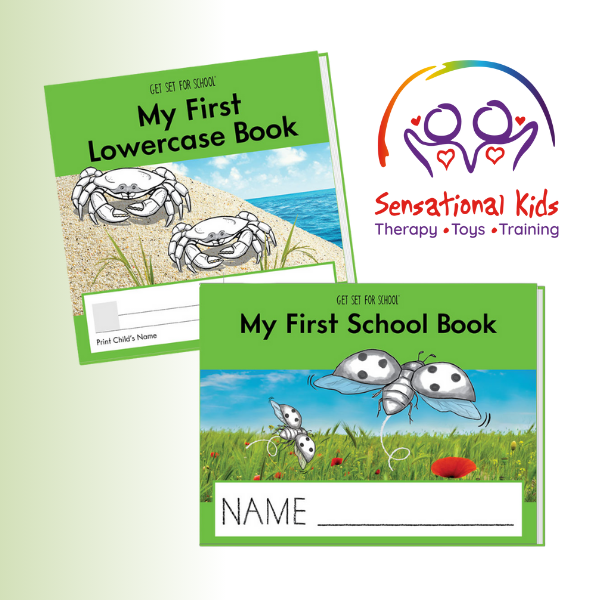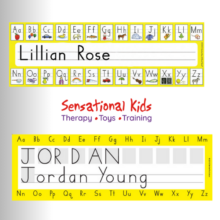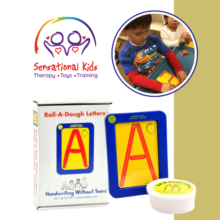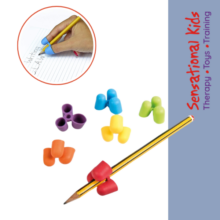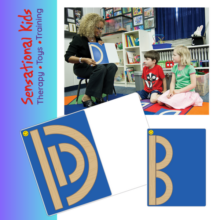Description
My First School Book
- Engaging workbook that teaches letters, numbers, and shapes through interactive activities.
- Focuses on fine motor development, pre-writing strokes, and proper grip.
- Multisensory learning with hands-on tracing, colouring, and fingerplay.
My First School Book Set
- Includes My First Lowercase Book plus additional resources to support early learners.
- Provides a solid foundation in letter recognition, formation, and early literacy skills.
- Ideal for classroom and home learning environments.
Teacher’s Guides for Enhanced Learning
For a complete pre-writing and early literacy program, check out these essential teacher’s guides:
Get Set for School Pre-K Teacher’s Guide Set – A structured, hands-on curriculum for building foundational skills.
Readiness & Writing Pre-School Teacher’s Guide – Focuses on developing fine motor control and early handwriting readiness.

